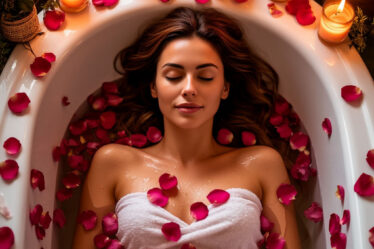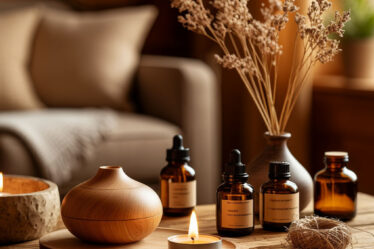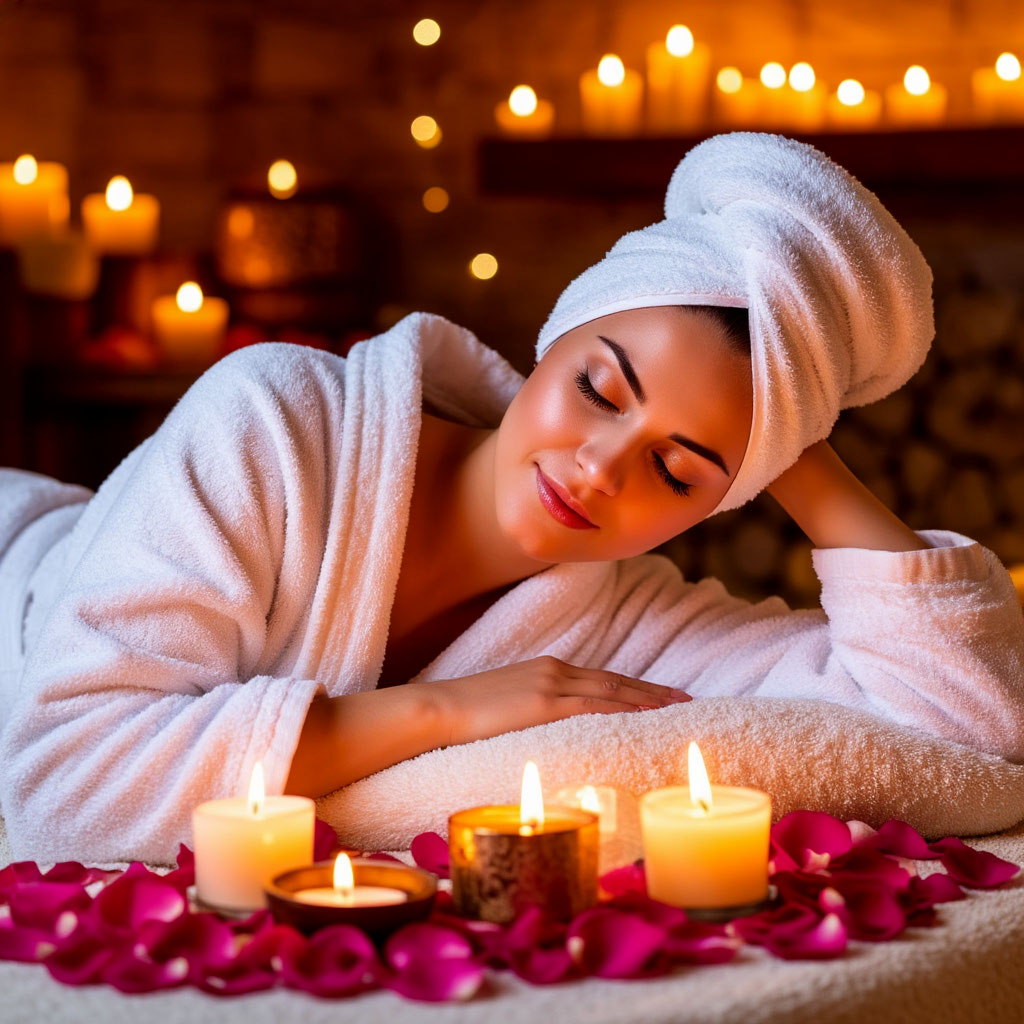
Spa is not just a buzzword from advertising expensive resorts, but a whole philosophy of self-care. Imagine: the soft whisper of water, the aroma of essential oils, the warmth of enveloping wraps… This is the moment when time slows down and the body and mind finally rest.
Spa combines water treatments, massages, skin care and other pleasant rituals that give not only relaxation, but also a tangible renewal. Who needs it? Anyone who is tired of stress, wants to improve their health or just treat themselves. What is a spa and how can it fit into your life?
Curious what SPA really includes and who benefits from it? We’ve prepared a Beauty Club mini-brochure with the essentials: definition, core services, safety notes, and a preparation checklist. You’ll find a PDF download at the end of this article to save and use before your SPA visit.
Origin of the term SPA
When we hear the word ‘spa’, we immediately see images of luxury resorts with pools, aromatic oils and a peaceful atmosphere. But what is a spa really? This is not just a fashion trend in the beauty industry, but a whole philosophy of harmonious existence, combining thousands of years of traditions and modern technologies of body and soul care.
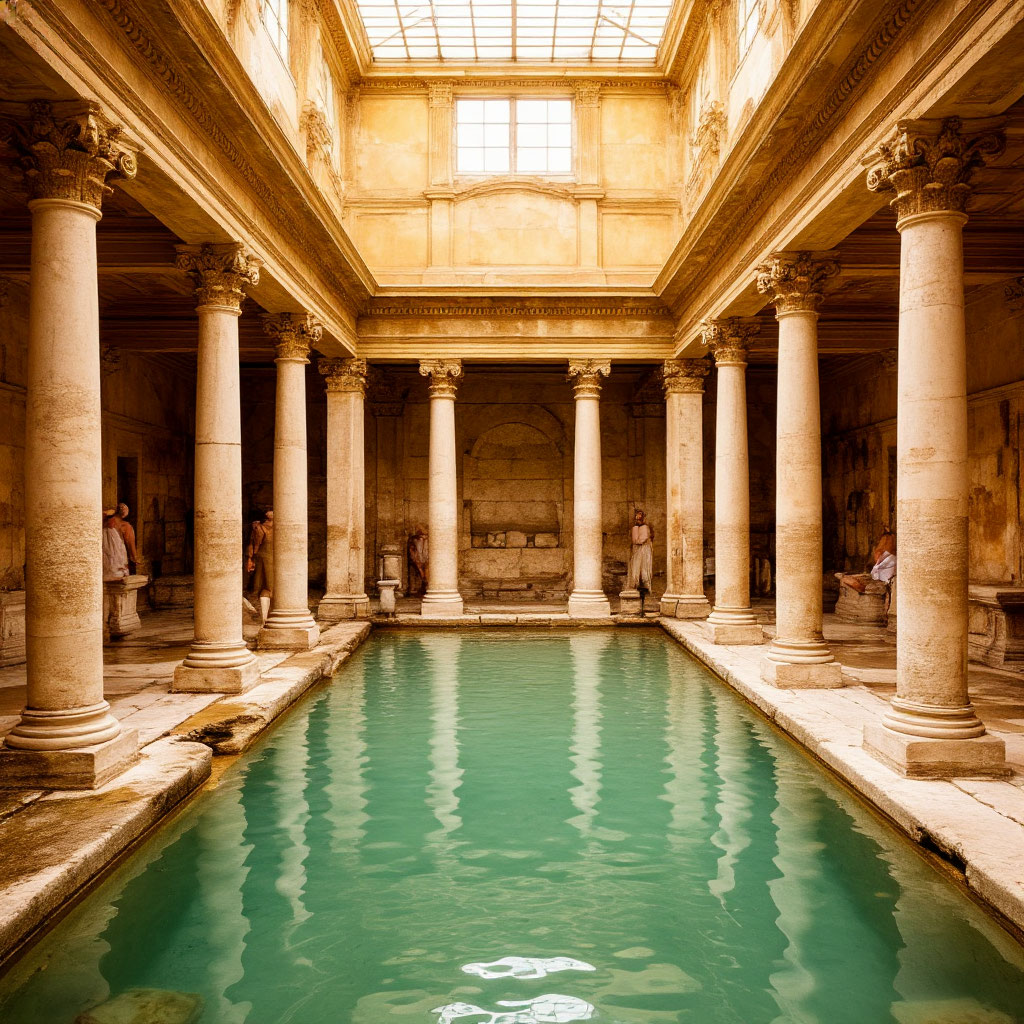
Origins: from Roman thermal baths to modern centers
The history of the spa goes back to ancient times. Even the ancient Romans built magnificent baths – real palaces for ablutions, where people not only cleansed the body, but also rested the soul. Then the idea was born that water is not just a means of hygiene, but a source of health and longevity.
The Latin expression ‘Sanus Per Aquam’ (health through water) perfectly reflects the essence of what a spa is. Although some researchers associate the origin of the term with the Belgian city of Spa, known for its healing springs. In any case, the basis has always been water and its miraculous properties.
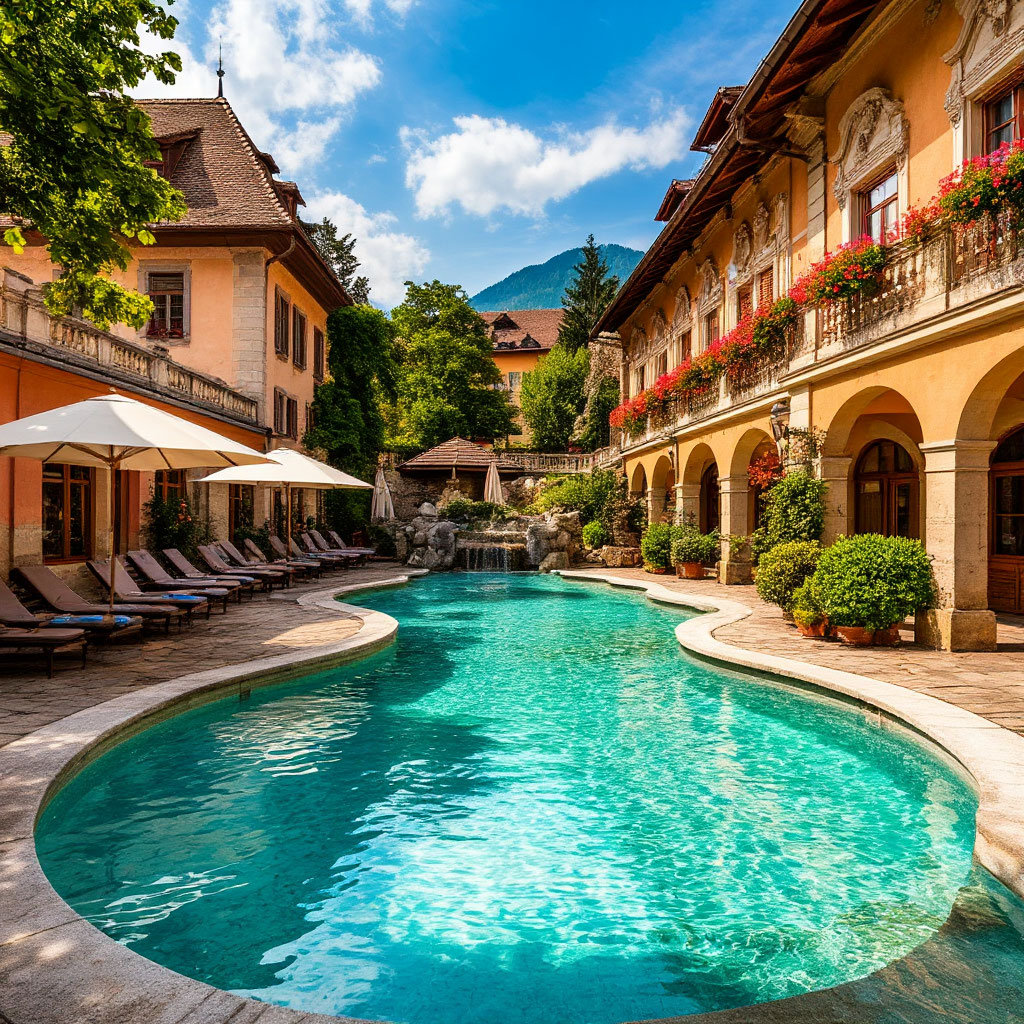
Evolution of the spa culture
Over time, the understanding of what a spa is has expanded significantly:
- In the Middle Ages, the European aristocracy discovered health resorts.
- In the XVIII-XIX centuries, visiting water treatments has become a mandatory element of social life..
- In the 20th century, spa became a beauty and wellness industry.
Today, when we talk about what a spa is, we mean an integrated approach that combines ancient traditions and modern scientific developments.
Main types of spa practices
The modern spa centers offer various types of spa treatments, including:
- balneotherapy (mineral water treatment);
- thalassotherapy (using the gifts of the sea);
- various types of massages and body wraps;
- aromatherapy and other relaxation techniques.
Each of these types of spa care has its own characteristics and indications, but all of them are aimed at restoring harmony between the body and spirit.
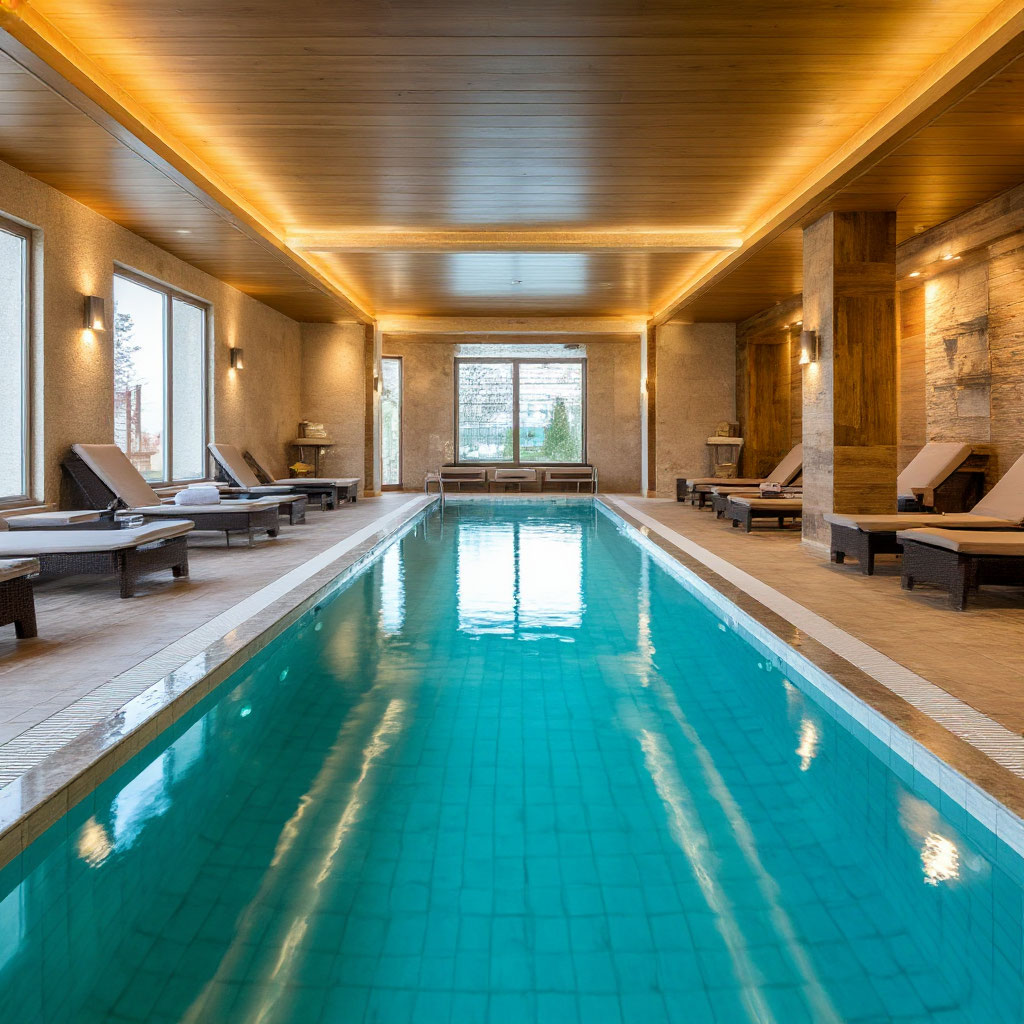
Benefits of spa treatments for modern people
In our fast-paced world, the benefits of spa treatments are becoming especially obvious. They help:
- relieve accumulated stress and tension;
- improve the condition of the skin and the body as a whole;
- restore energy balance;
- improve the quality of life.
At the same time, a spa at home is no less effective than visiting expensive resorts. Simple rituals using natural ingredients can give you no less pleasure and benefit.
Spa as a way of life
Understanding what a spa is goes far beyond cosmetic procedures. This is a special approach to life, in which taking care of yourself becomes a daily practice. Modern spa care is a synthesis:
- ancient traditions;
- scientific achievements;
- individual approach.
It is this integrated view that makes spa so popular in our time, when people need restoration and harmony more than ever.
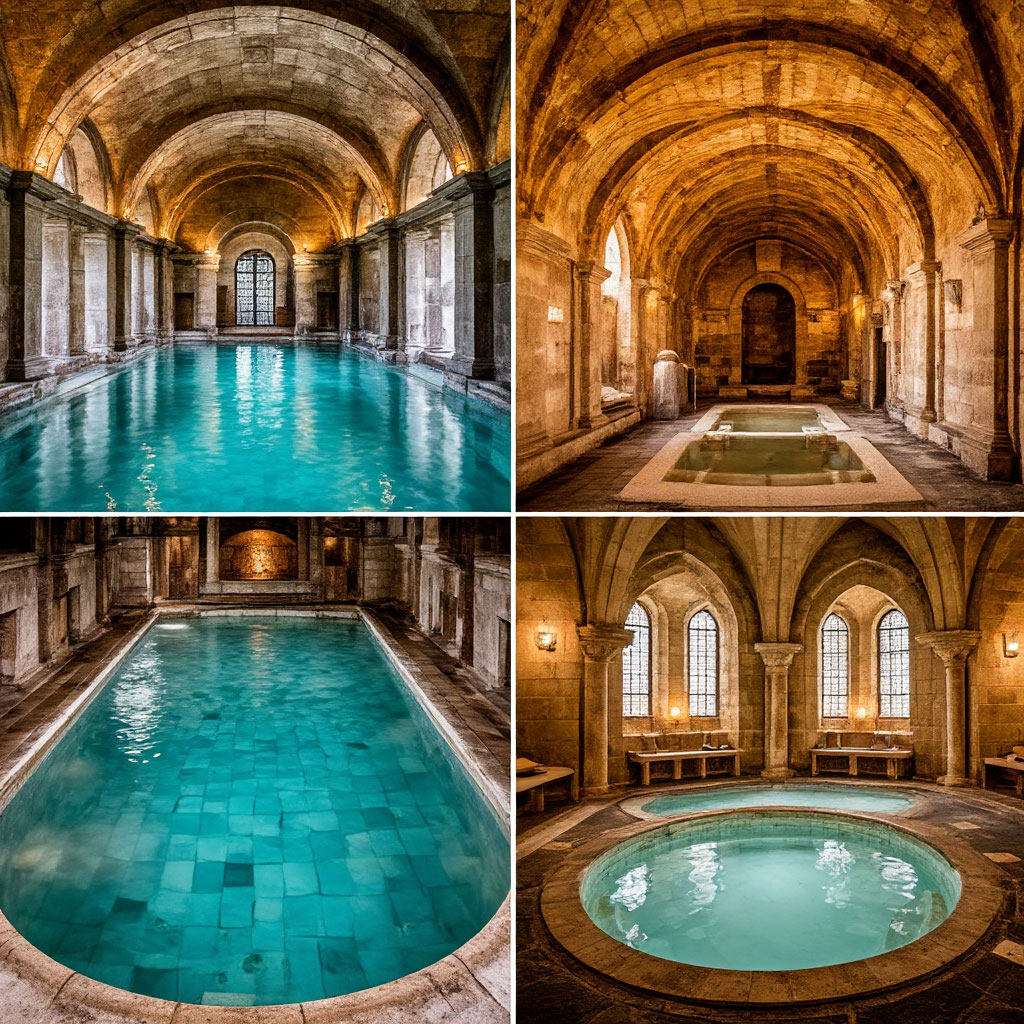
So what is a spa in the modern sense? This is the art of taking care of yourself, passed down from generation to generation, but constantly updated. From ancient thermal baths to high-tech centers , the essence remains unchanged: through water, natural ingredients and careful care, a person finds harmony with himself and the world around him.
Main types of spa treatments: how to choose your ideal ritual
What is a spa without a variety of treatments? It’s like a book without chapters-beautiful, but incomplete. Modern centers offer dozens of techniques, each of which gives special sensations and results. From classic water sessions to innovative programs, spa care has become a true art of transforming the body and spirit.
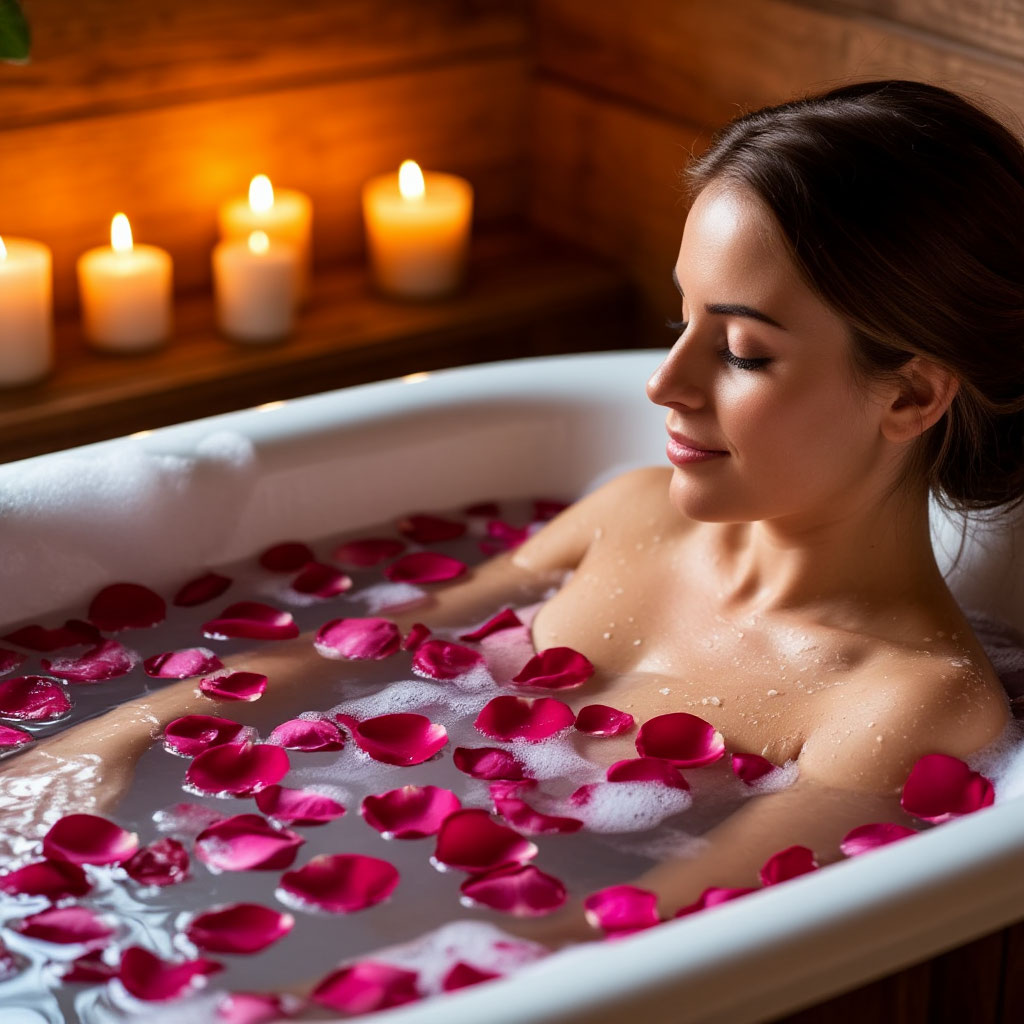
Water practices: the foundation of any spa
The heart of understanding what a spa is beats in the rhythm of the water. Hot tubs with mineral salts, contrast fonts, swimming in countercurrent pools – these treatments include::
- improve blood circulation;
- remove muscle clamps;
- give the skin an incredible softness.
The benefits of water-based spa treatments have been proven for centuries – from Roman thermal baths to modern wellness complexes.
Thermotherapy: heat that heals
Different types of spa can not be imagined without temperature exposure. A Finnish sauna removes toxins, a Turkish hamam softens the skin, and an infrared cabin gently warms up the joints. The alternation of warmth and coolness is an ancient secret of cheerfulness, which is now available in any good center.
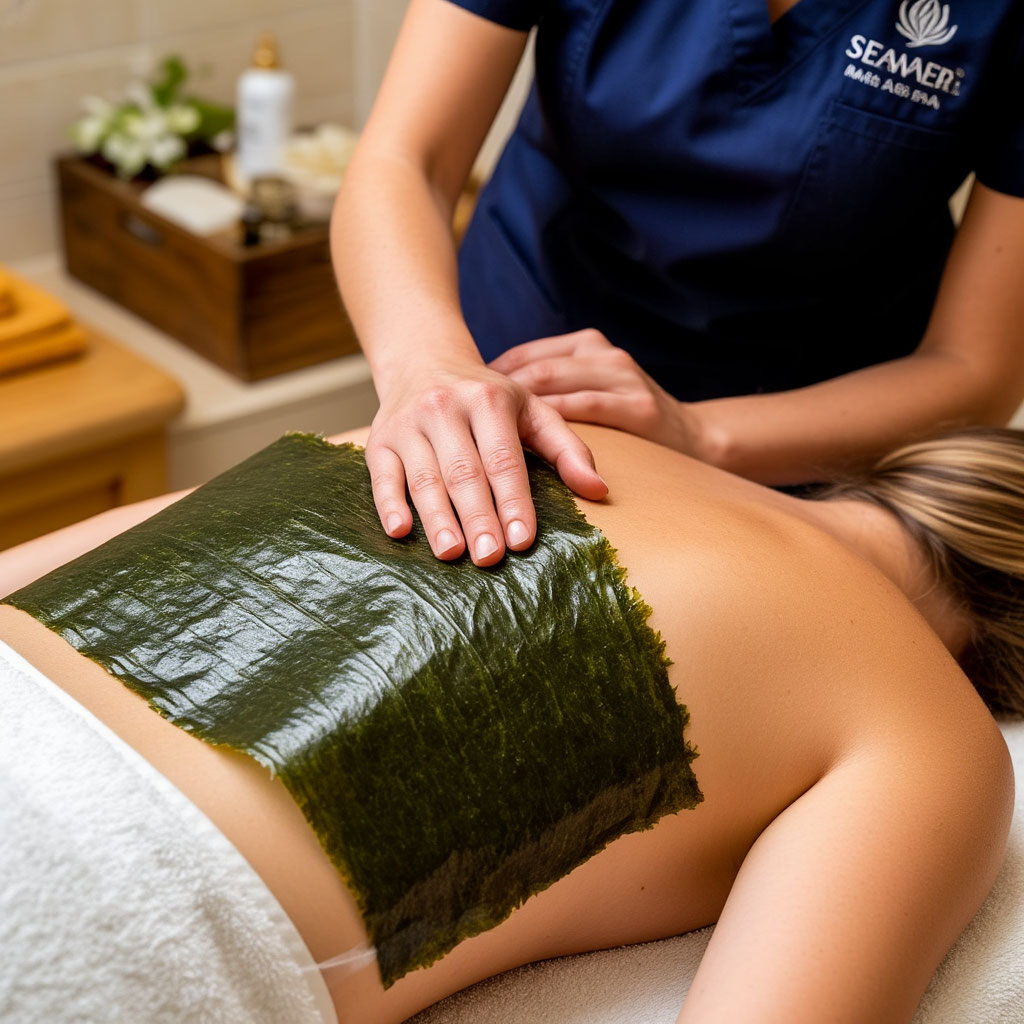
Body wraps: cocoon for the body
From chocolate sessions to seaweed compresses, wraps have become the hallmark of spa care. They solve specific tasks: reduce volumes, tighten contours, saturate the skin with useful substances. The effect is immediately noticeable – the body becomes silky, and the mood improves noticeably.
Exotic destinations: new facets of relaxation
For those who want to go beyond the standard understanding of what a spa is, the centers offer unusual techniques. Salt solution floating, heated stone therapy, and Ayurvedic practices – each culture has made its own contribution to the world’s spa piggy bank.
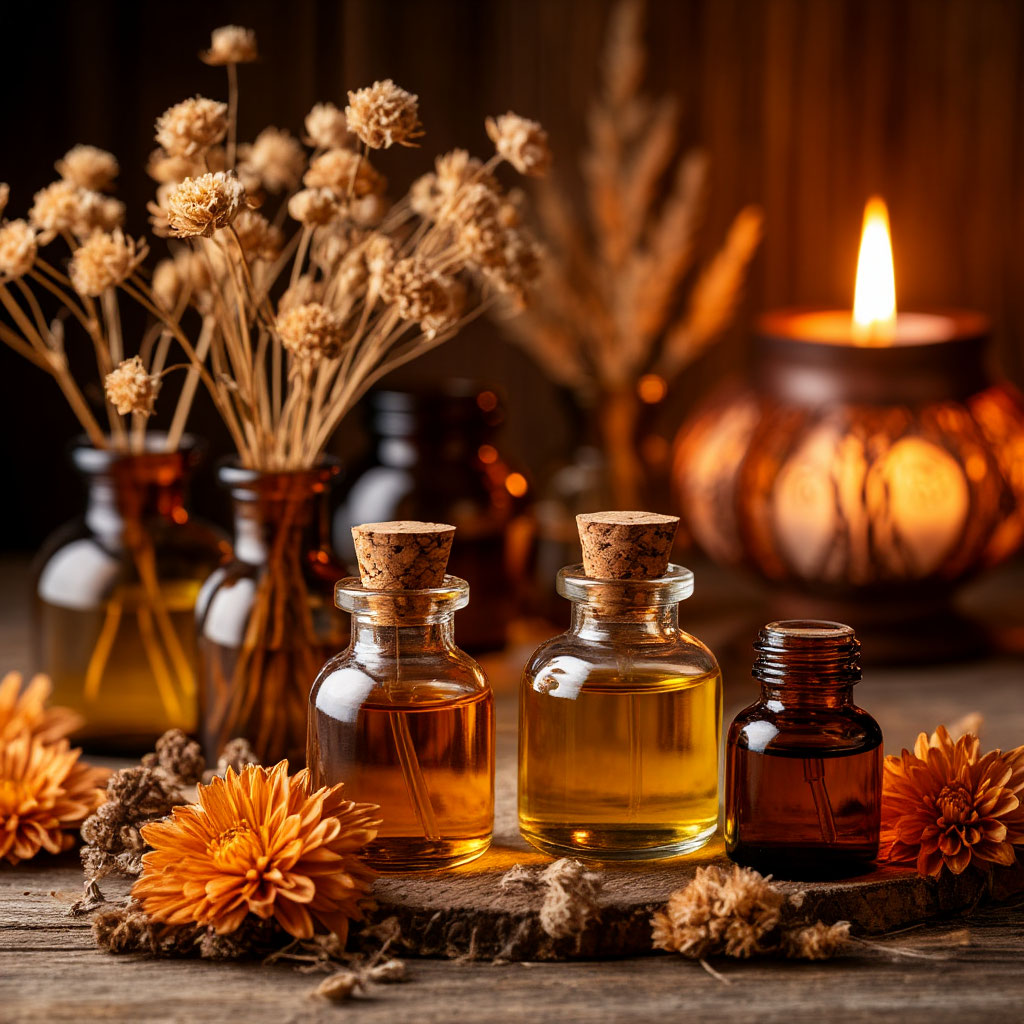
Spa at home: Affordable luxury
You don’t have to visit high-end establishments to experience the transformative power of spas. Simple rituals that can give you no less pleasure:
- bath with essential oils;
- self-massage with a dry brush;
- homemade scrubs made from coffee or sea salt.
The benefits of spa treatments at home are no less than salon ones – the main thing is to follow the technology and set aside time for yourself.
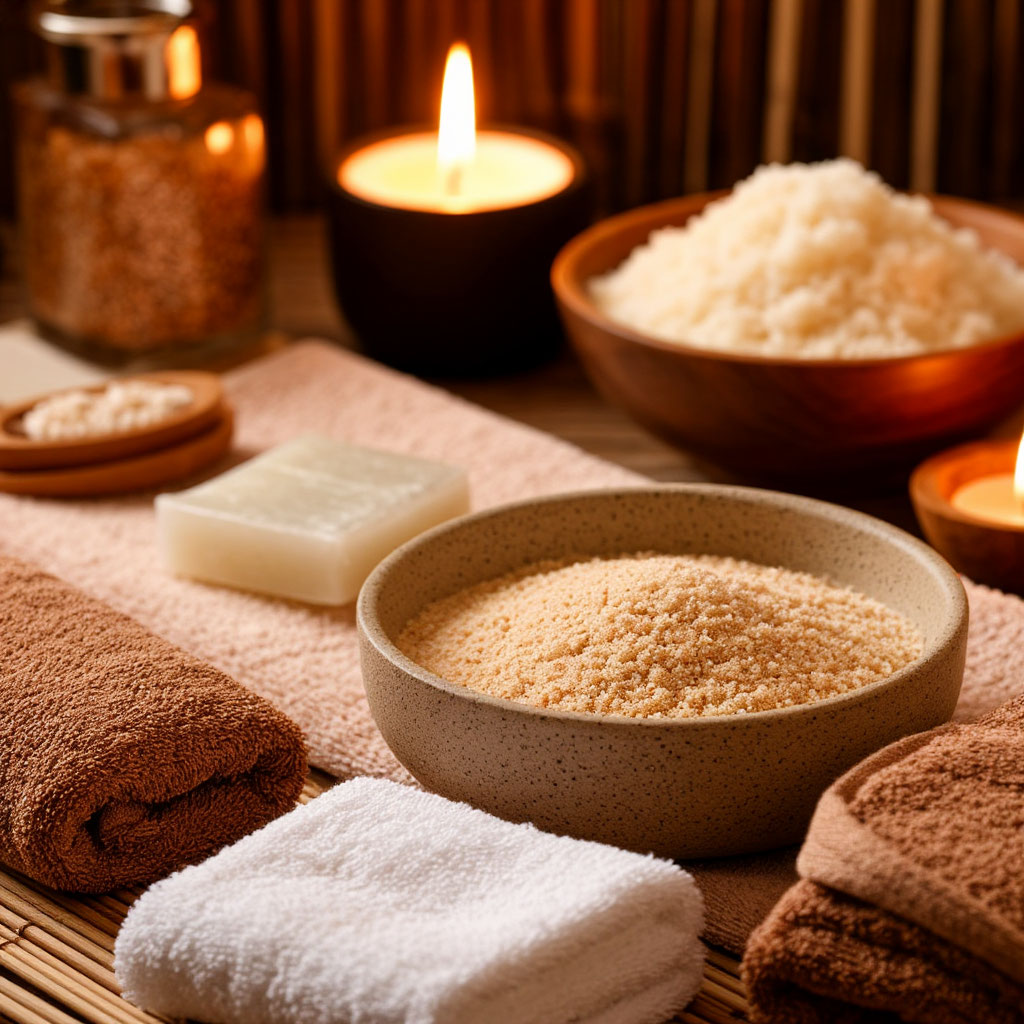
How do I create the perfect program?
When choosing spa types, focus on the desired effect. For deep relaxation, water sessions and massages are suitable, for detox – sauna with wraps, for tone – contrast treatments. Real a spa care is always personalized – experienced specialists will help you create a program that will give you exactly what your body and soul need most.
Why you need Spa treatments: Science and Emotions all rolled into one
What is a spa if not a cure for the stress of the modern world? This is a question that everyone finds their own answer to. Some people see spa care as a way to relax, others as an opportunity to improve their appearance, and still others as a whole philosophy of life. But one thing unites everyone: after high-quality procedures, the world seems kinder, and the problems are less significant.
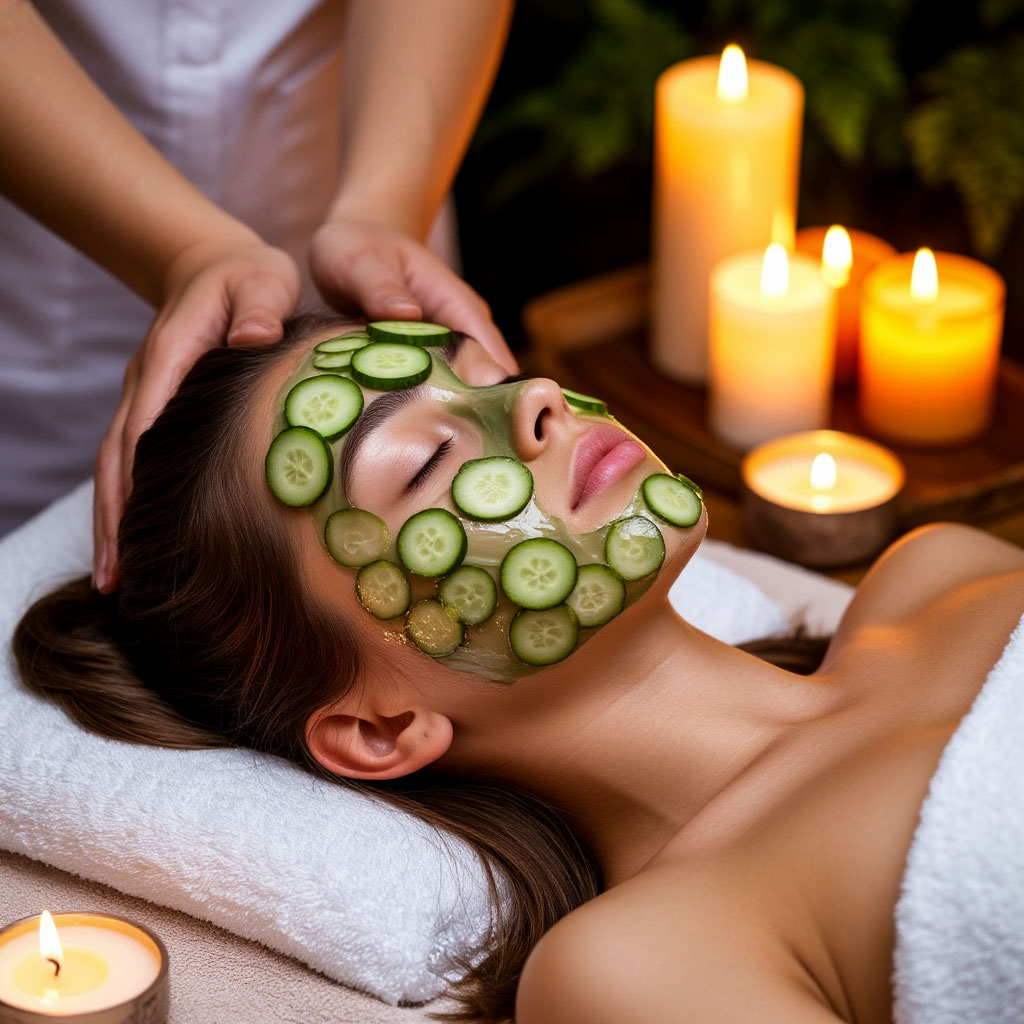
Anti-stress effect: a reboot for the nervous system
In the face of constant information noise, the benefits of spa treatments for the mental state become invaluable:
- warm water removes muscle clamps;
- aromatherapy calms the mind;
- the soft semi-darkness relaxes the eyes.
This isn’t just a fun activity – it’s a science-based way to lower your cortisol levels. Different types of spas affect the nervous system in different ways, but the result is always the same-a deep sense of peace.
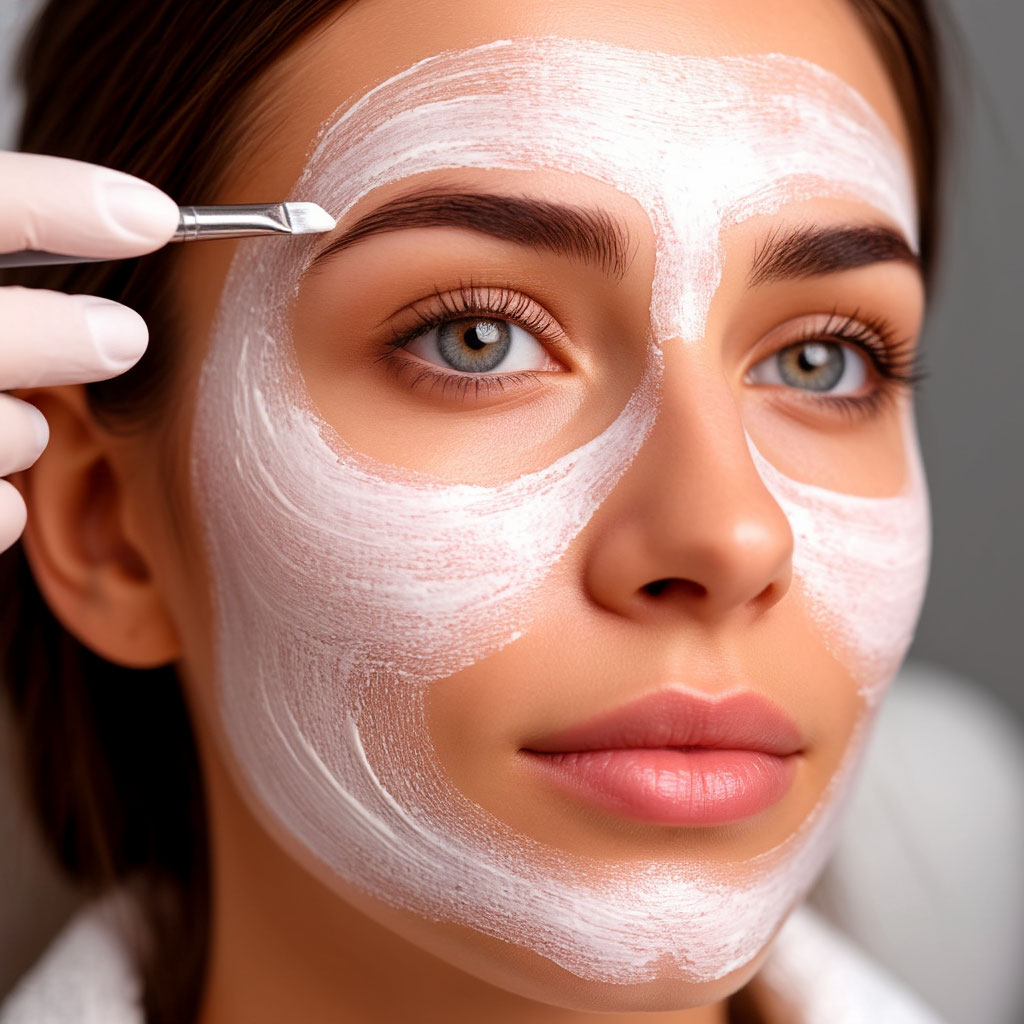
Cosmetic wonders: not only pleasant, but also useful
Understanding what a spa is would be incomplete without mentioning its aesthetic effect. Professional spa care can transform the skin in a few sessions better than months of home care. Deep cleansing, intensive hydration, lifting – the cosmetology arsenal of modern centers is impressive. At the same time, all procedures remain as natural and safe as possible.
Detox by all the rules
The body of modern man is constantly in need of purification. Different types of spa:
- helps to remove toxins through the skin;
- improve lymph flow;
- activate metabolic processes.
Seaweed wraps, mud applications, special massages – each technique works for deep cleansing of the body. The benefits of spa treatments in this aspect are comparable to a full-fledged wellness course.

Spa at home as a daily practice
Do not think that for a full-fledged spa effect, you must visit expensive salons. Guests can relax in the private bathroom. Scented candles, masks made from natural ingredients, herbal baths – all these are elements of spa care available to everyone. Regular home rituals help maintain the effect between visits to professional centers.
The deceleration philosophy
In the eternal race for success, many people forget a simple truth: to live a high-quality life, you need to be able to have a good rest. What is spa, if not the ability to click on pause? This is a space where you can afford to do nothing, just be. Perhaps this is the main value of spa culture-it reminds you of the importance of taking care of yourself in the broadest sense.
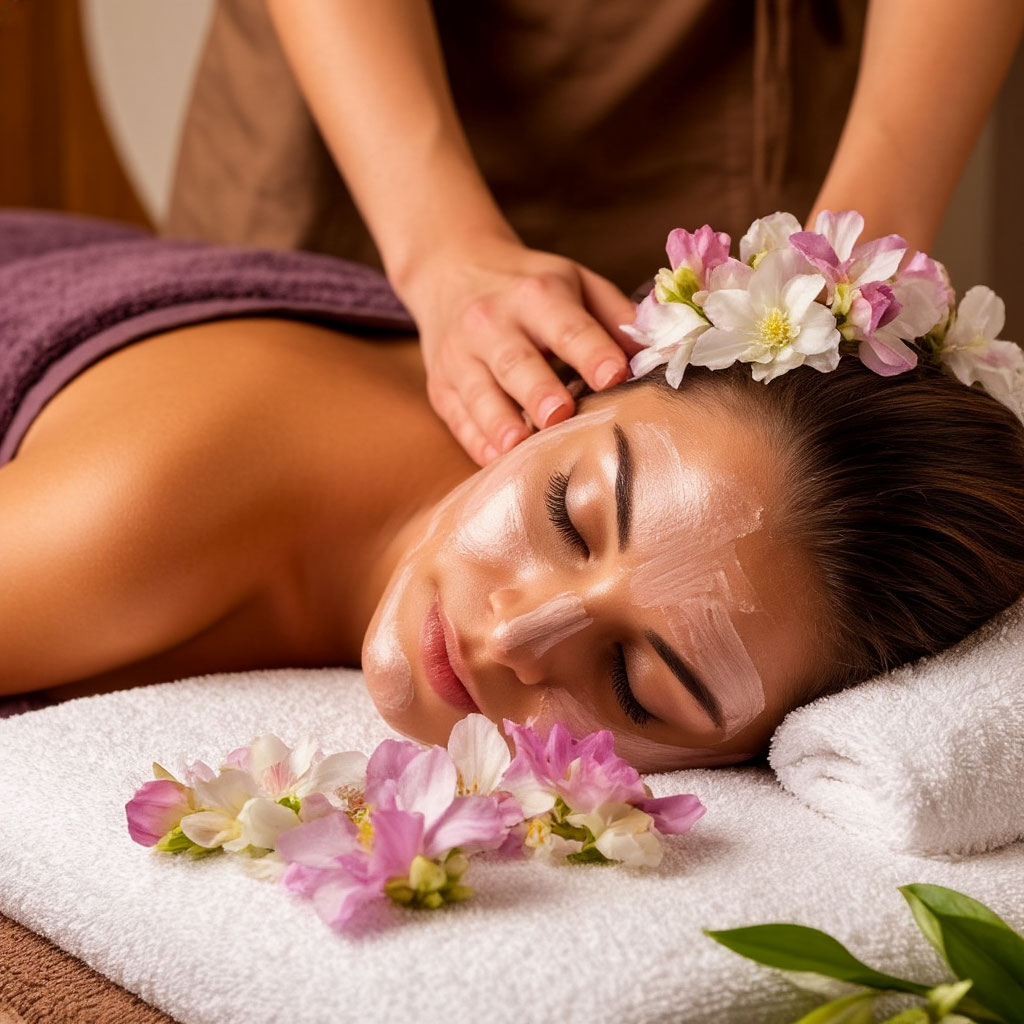
Investing in yourself
Investing in spa care is an investment in your own quality of life. Good health, well-groomed appearance, mental balance-all this becomes a natural bonus of regular procedures. Different types of spas offer solutions for any request-from body shaping to deep relaxation.
How a spa differs from a massage: we understand the nuances
What is a spa without comparison with other wellness practices? Many people mistakenly equate spa care and massage, but the difference between them is more significant than it seems. These procedures can complement each other, but not replace each other. Let’s find out why visiting a spa is not the same as going to a massage therapist.
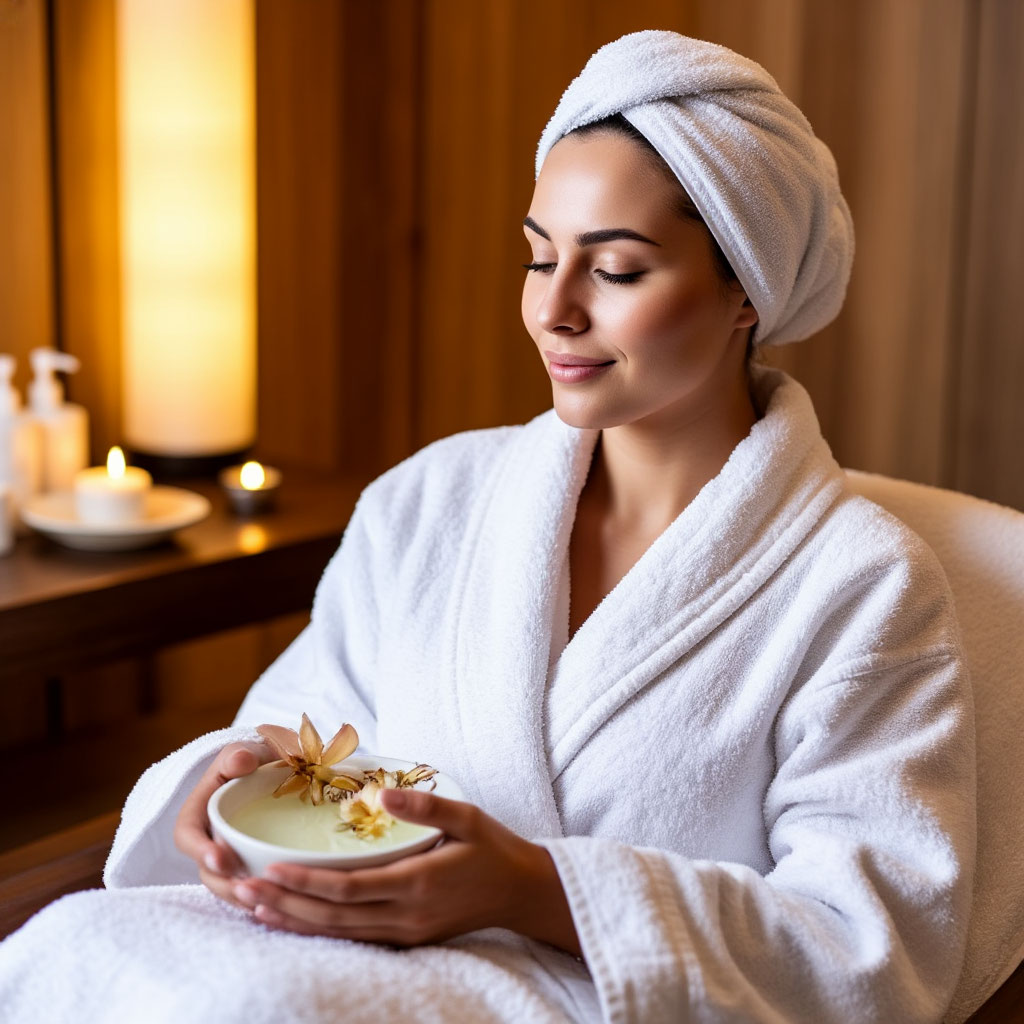
Approach philosophy: Complex vs. Locality
Spa care is a whole system of wellness, where massage is one of many elements. If the massage works with specific areas of tension, then various types of spa affect the body in a complex way. Hydrotherapy, wraps, aromas – all this creates a synergy effect that is unattainable with a regular massage.
A variety of techniques and opportunities
The benefits of spa treatments are shown in their variability. While massage is limited to mechanical action on the tissues, spa care offers dozens of techniques: from cryotherapy to floating. This allows you to choose a program that perfectly meets individual needs. At the same time, the spa at home can also be multi-faceted – it is enough to combine different care techniques.
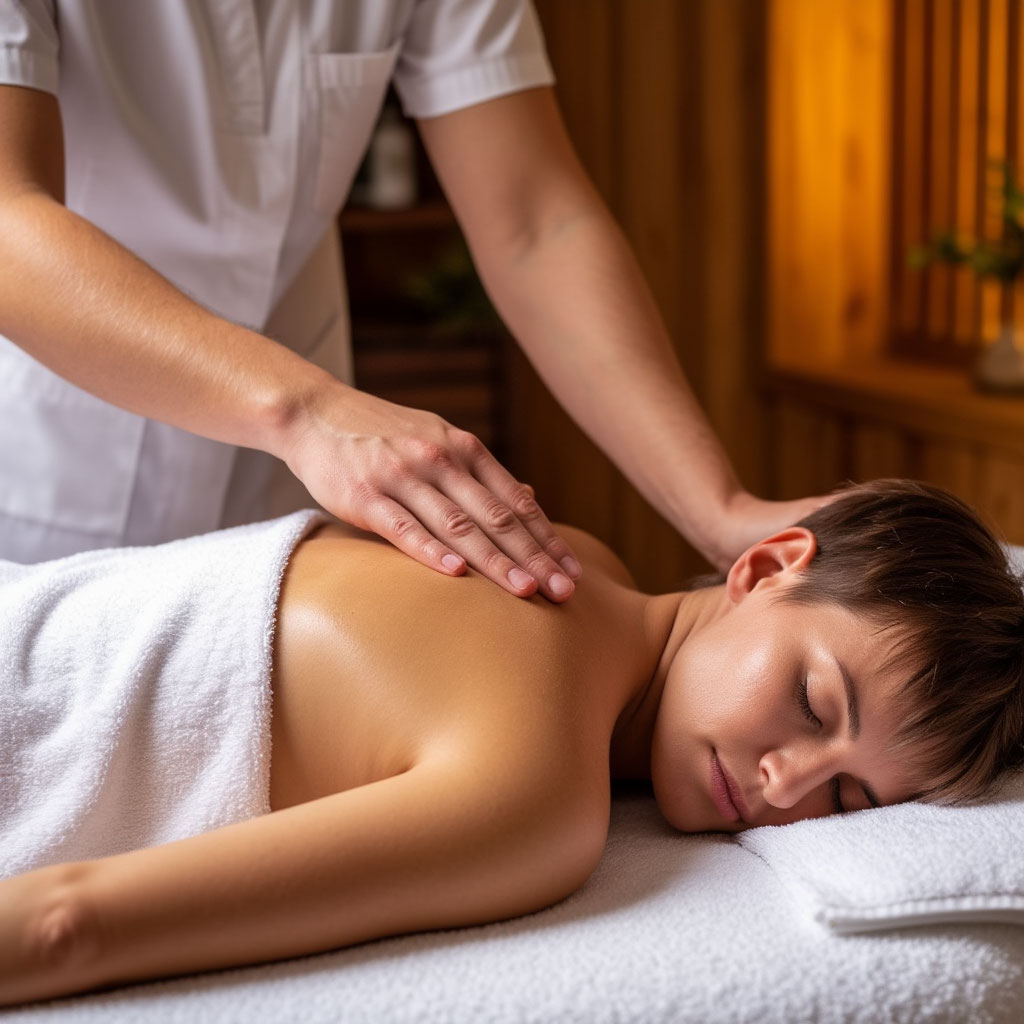
The atmosphere is an important component
Understanding what a spa is is impossible without taking into account the surrounding environment. Soft lighting, soothing music, pleasant aromas-all this creates a special atmosphere of relaxation. Regular massage often takes place in a clinical setting without such an entourage. Different types of spas emphasize immersion in a state of harmony, which significantly enhances the therapeutic effect.
Duration of exposure and results
Massage gives an immediate, but relatively short-term effect. The benefits of spa treatments appear gradually, but last longer. A course visit to the spa can lead to sustainable changes:
- improve the skin condition;
- normalize your sleep;
- stabilization of the emotional background.
Spa care works for the future, not just for immediate relief.
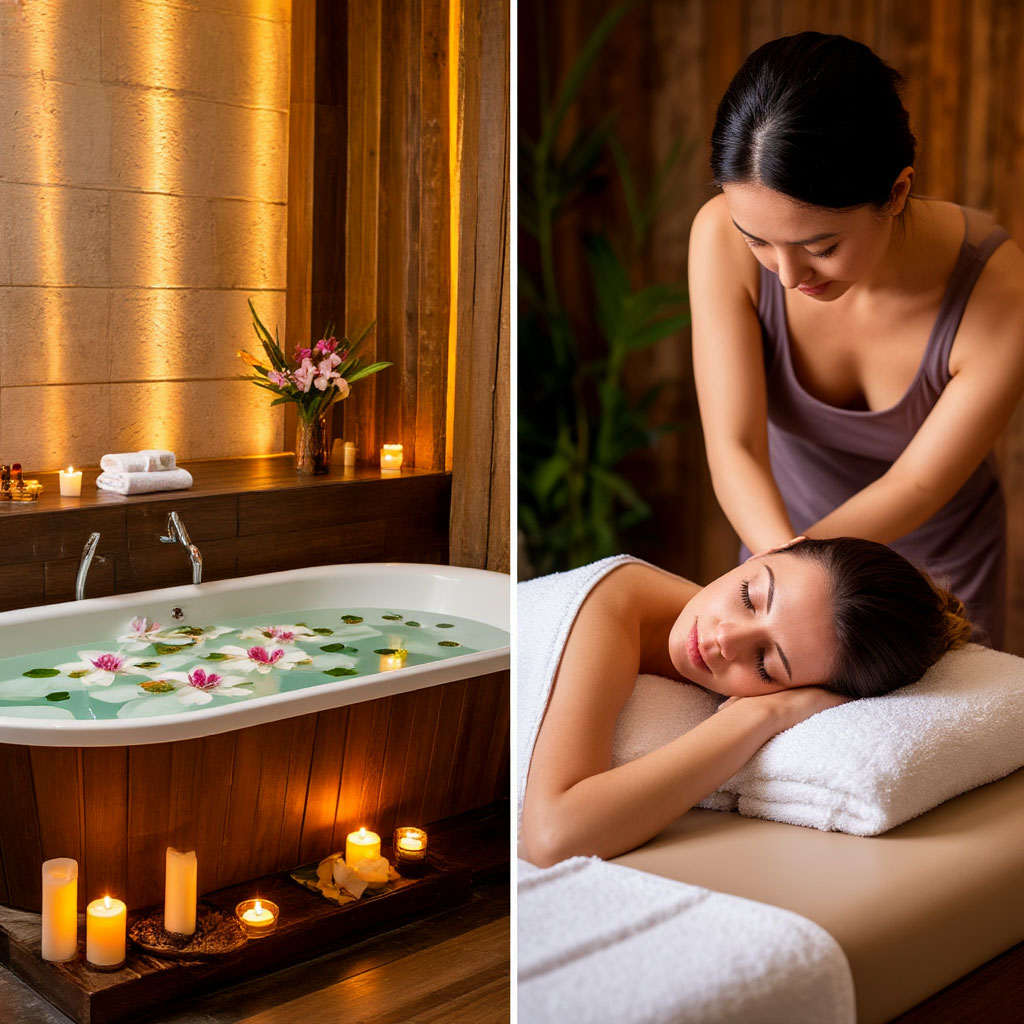
Availability and regularity
Massage requires regular visits to a specialist, while spa elements can be practiced independently. It is easier to organize a spa at home – many techniques do not require special equipment. This makes spa practices more accessible for permanent use. Different types of spas are easily adapted to the home environment, while maintaining their effectiveness.
The cosmetic aspect
What is a spa without attention to the aesthetic component? Unlike massage, which focuses primarily on the muscles and joints, spa care pays special attention to the condition of the skin. Peels, masks, wraps-all these procedures solve specific cosmetic problems. The benefits of spa treatments for appearance are obvious and measurable.
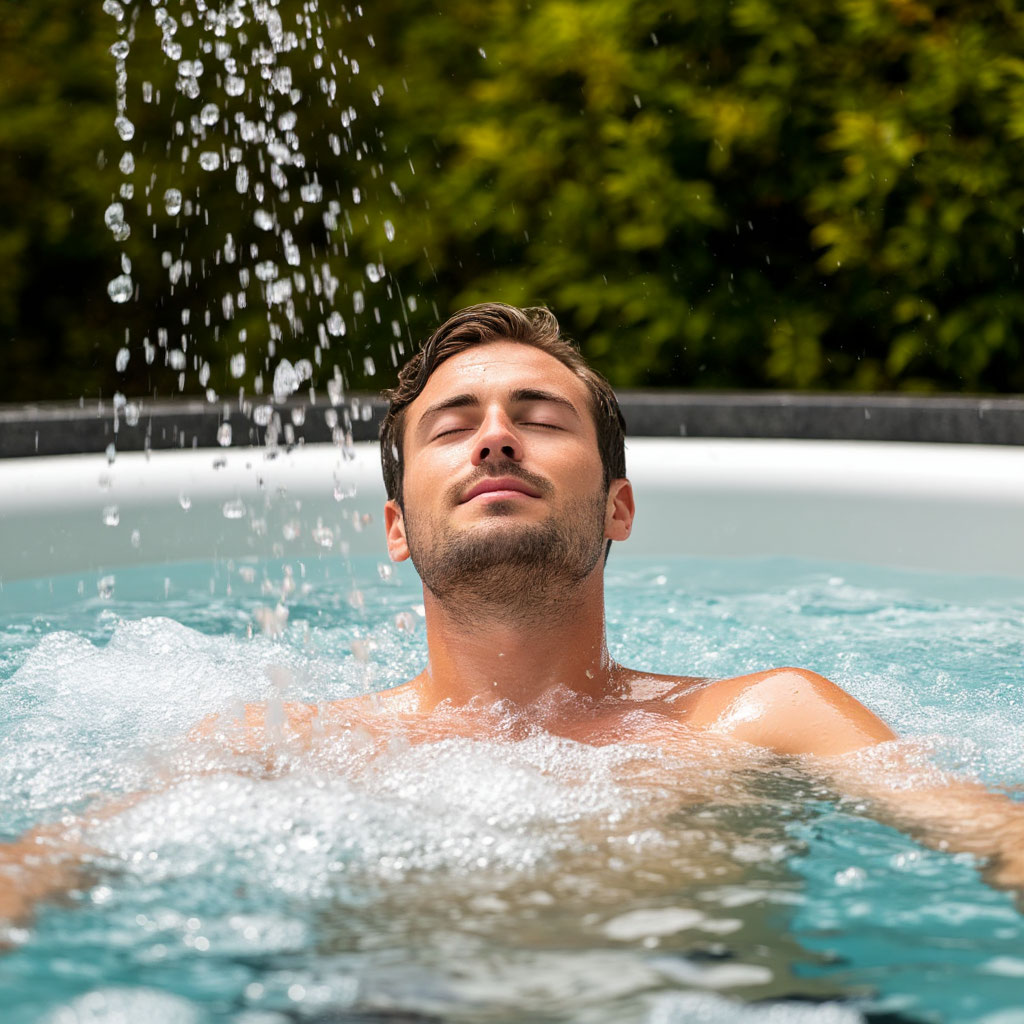
Personalization of programs
Modern spa care offers an individual approach to each client. While massages often follow standard protocols, spa programs are designed to take into account a variety of factors, from lifestyle to seasonal features. This makes the understanding of what a spa is deeper and more personalized.
Emotional component
Different types of spa work not only with the body, but also with the emotional state. Relaxing baths, meditative practices, aromatherapy – all this goes beyond the usual massage. It is quite possible to organize a spa at home with such an effect, the main thing is to create the appropriate atmosphere.
Technological progress
The spa industry is actively introducing innovations: from high-tech equipment to unique cosmetic formulations. This distinguishes modern spa care from traditional massage, which remains relatively conservative. The benefits of spa treatments are enhanced by the constant development of techniques and technologies.
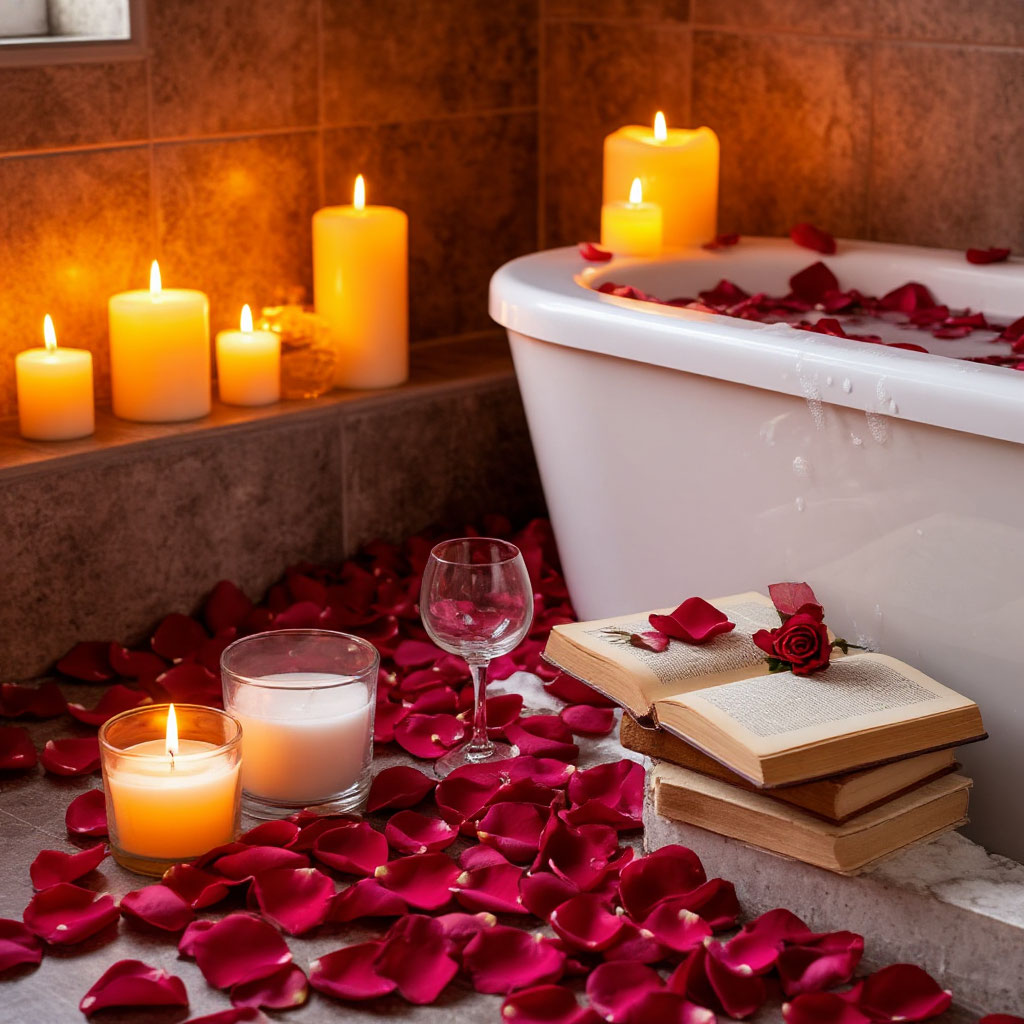
Spa at home: is it possible?
What is spa in its true meaning? This is not just a set of procedures, but a special state of harmony that can be recreated anywhere. The modern pace of life makes home spa practices not just an alternative to salon care, but a necessity for those who value their well-being.
The essence of a home spa ritual
What is a spa organized at home? This is the transformation of a familiar space into the territory of self-care. Unlike salon treatments, the home version allows you to create a completely personalized atmosphere. There is no need to adapt to the schedule of masters or generally accepted standards – only individual preferences and comfort.
What is a spa at home without proper training? It is important to create three key components:
- Water treatments as a base (baths, contrast showers).
- Natural care products (scrubs, masks, wraps).
- Relaxing environment (lighting, music, scents).
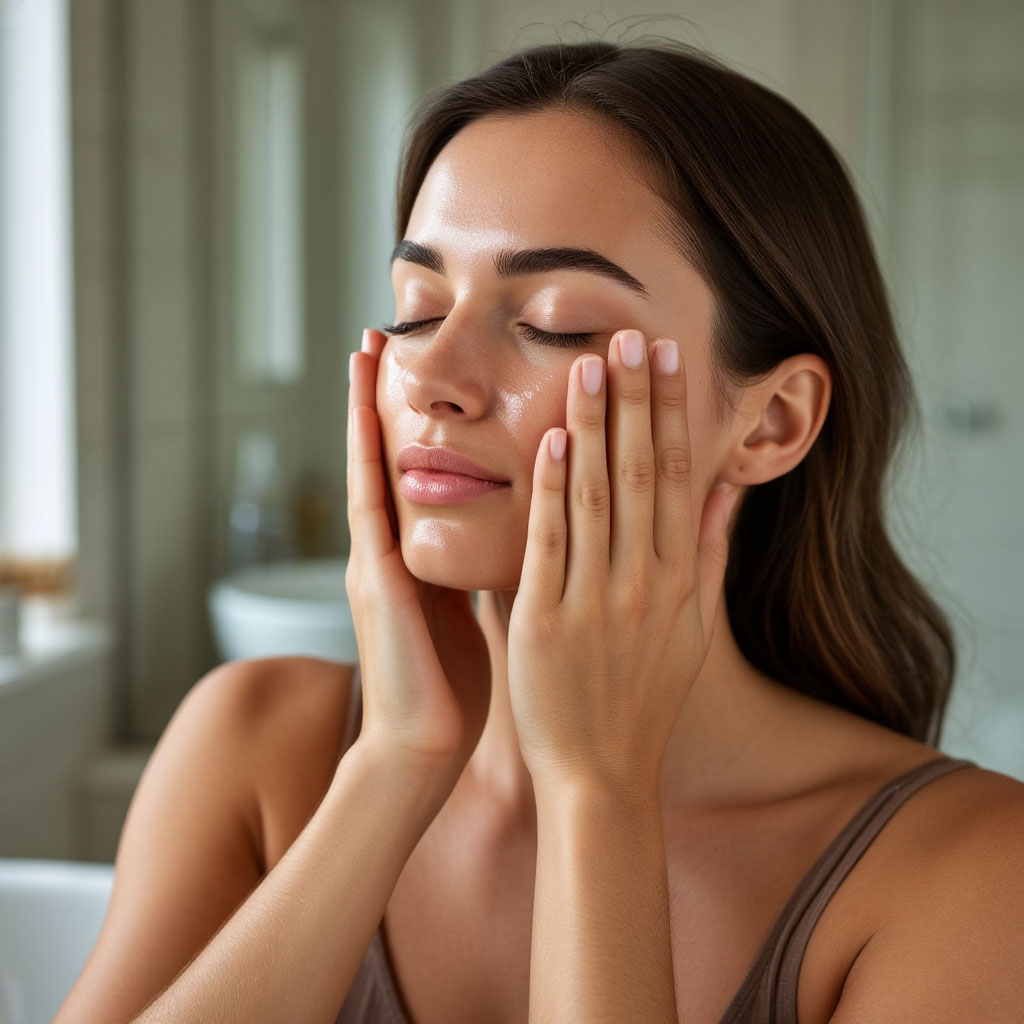
Advantages of the home format
What is a spa at home, if not freedom of choice? This format allows you to use only your favorite procedures without time limits. The ability to adjust the duration of sessions and independently select natural ingredients makes care as comfortable as possible. No need to spend time on the road and the ability to create the perfect atmosphere for the current mood add value to home practices.
Simple recipes for beginners
What is a spa for beginners? A honey-milk bath with rose petals is the perfect start to your spa journey. Coconut oil-based coffee body scrub offers an effective cleansing experience. Cucumber patches for the eye area give an instant fresh glow. An herbal facial steam with chamomile deeply cleanses the pores, while aromatic meditation with essential oils completes the ritual with deep relaxation.
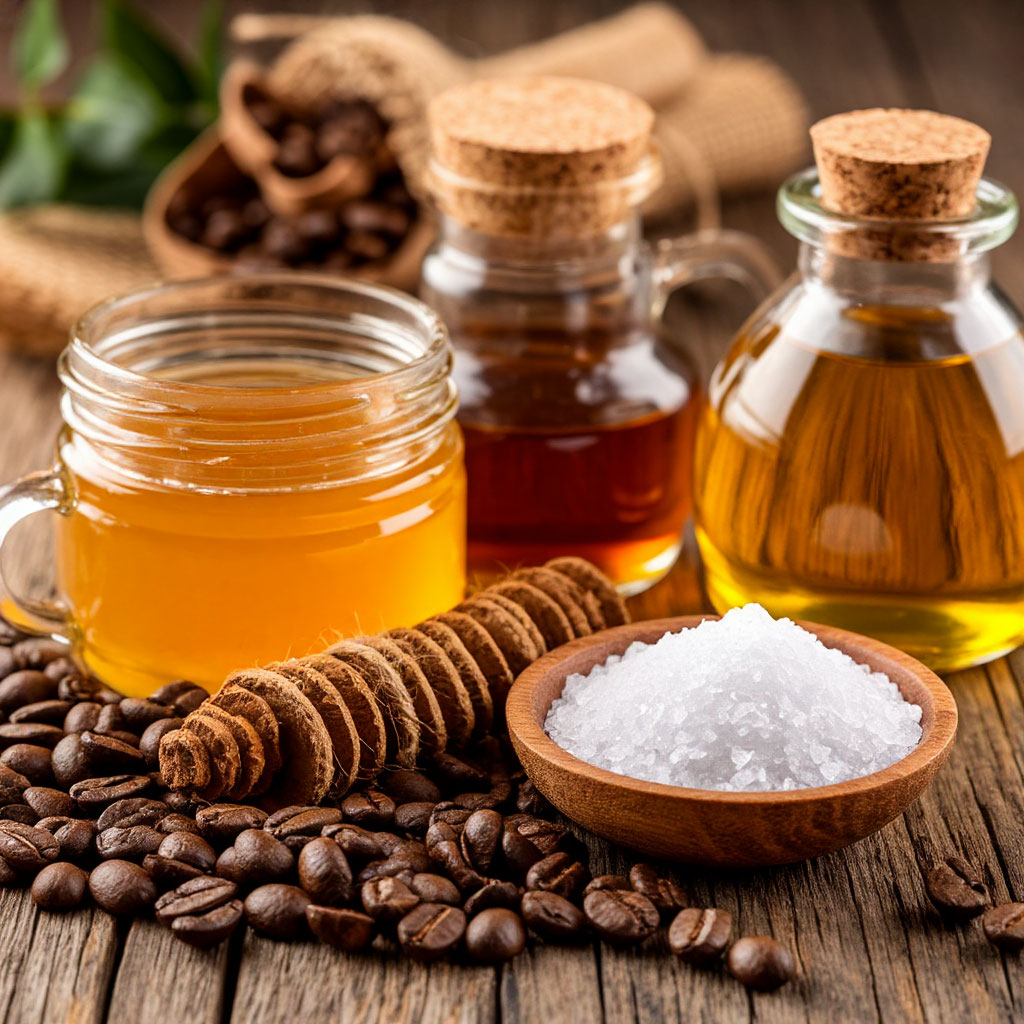
Professionals recommend:
- start by cleansing your skin;
- observe the optimal water temperature;
- alternate between active and relaxing treatments;
- finish the session with a cool rinse;
- use moisturizers after all manipulations.
Frequency and regularity
What is a spa, if not a systematic approach to well-being? To achieve sustainable results, experts recommend performing the procedure 1-2 times a week. A variety of types of care prevents addiction and supports interest in the practice. Careful monitoring of the body’s response helps to adjust the program. Gradual complication of procedures and combination with the correct drinking regime enhance the effectiveness of home care.
Newbie mistakes
What is a spa without understanding possible mistakes? Beginners should be wary of using unfamiliar ingredients that can cause allergic reactions. Excessively hot temperatures can damage the skin, as can too long treatments. The danger is caused by mixing incompatible components and ignoring individual contraindications, which are important to take into account.
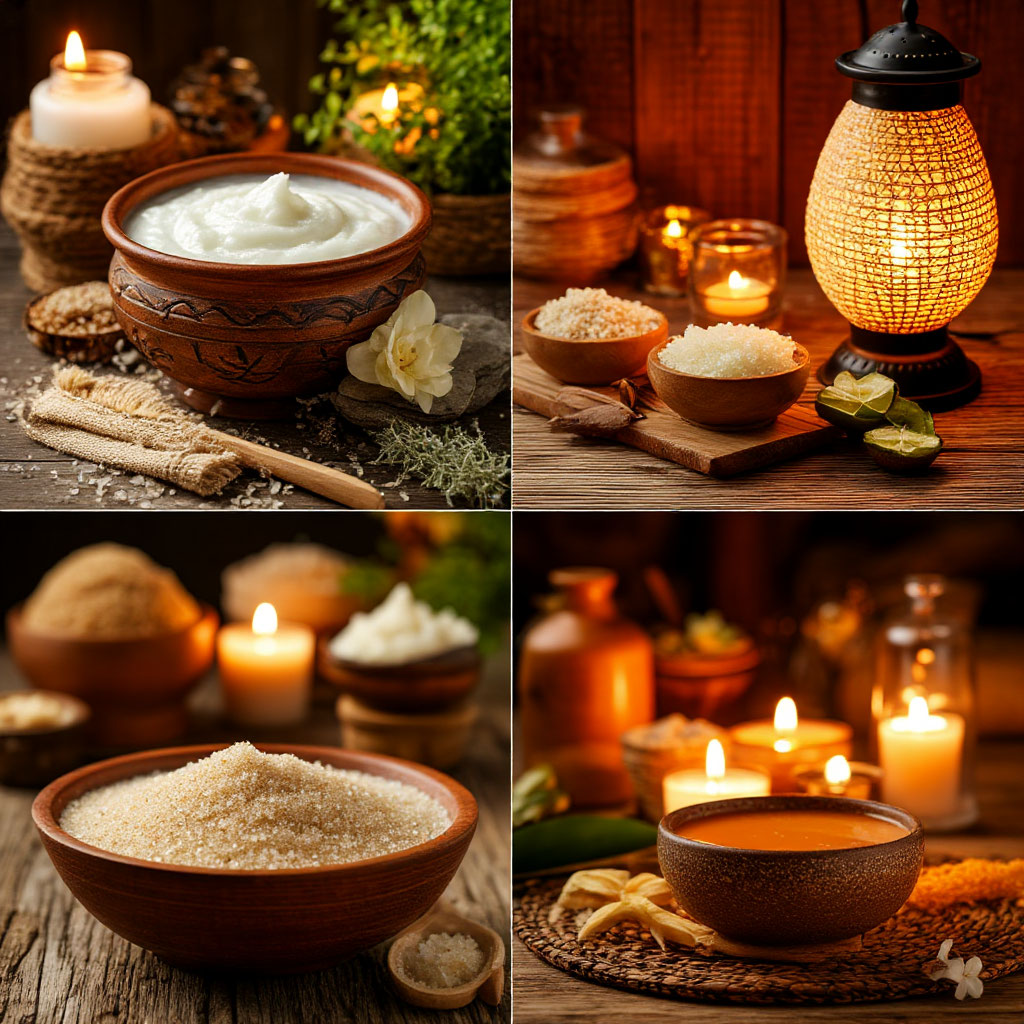
Evolution of home practices
What is a spa at the current stage of development? This is a harmonious combination of time-tested traditional recipes with the latest scientific achievements. Individual approach to the needs of the body and environmental friendliness of the components used come to the fore. A space for creative expression transforms routine grooming into a special ritual of enjoyment.
Contraindications and precautions: how to enjoy the spa wisely
What is spa without understanding the limits of its application? Like any treatment that affects the body, spa care requires a conscious approach. Knowing the limits helps you get the most out of your sessions and avoid unwanted consequences.
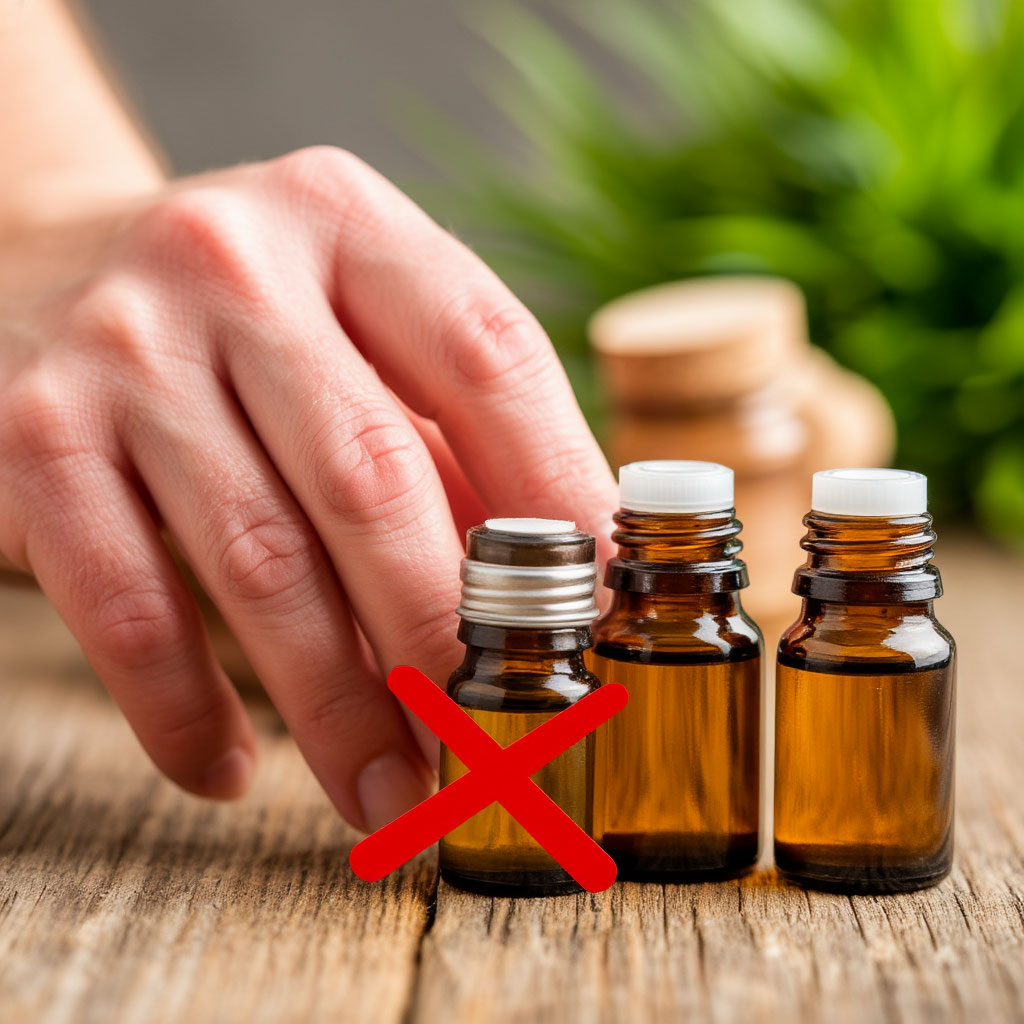
When should I temporarily cancel the procedure?
The benefits of spa treatments can be harmful in the presence of acute inflammatory processes. High body temperature, viral infections, exacerbation of chronic diseases – good reasons to postpone a visit to the spa. In such conditions, heat exposure and intensive massage can worsen well-being.
Restrictions for skin problems
Different types of spas using scrubs, wraps or aroma oils are not suitable for skin damage. Open wounds, eczema, purulent rashes become an absolute contraindication. When organizing spa care at home, wait for the skin to heal completely.
Features of cardiovascular diseases
What is a spa for people with pressure problems? With caution! Contrast treatments, saunas, and hot baths can trigger spikes in blood pressure. Before visiting the spa center with such diagnoses, it is mandatory to consult a cardiologist.
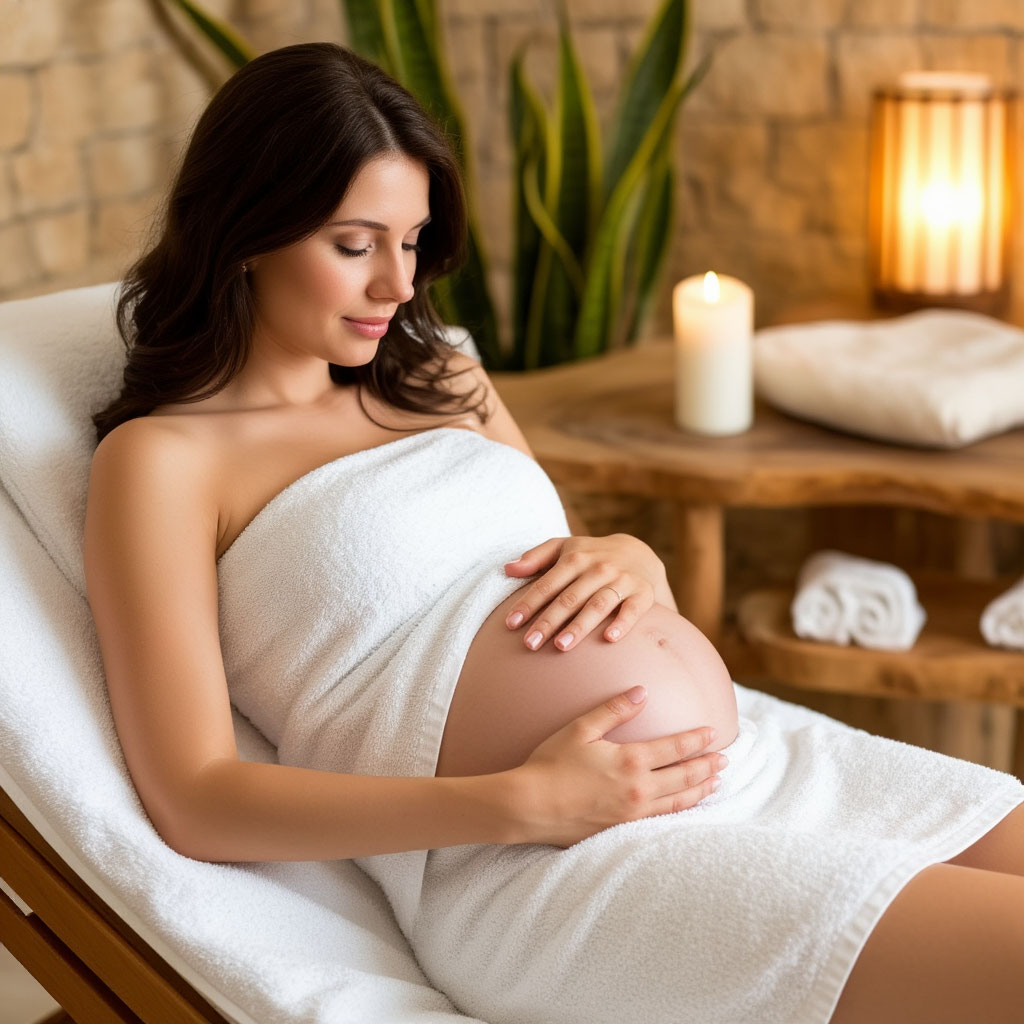
Pregnancy: special conditions
The waiting period for a child requires a special approach to any procedures. Many types of spas, especially in the first trimester, are banned. Hot baths, intensive massage, and some essential oils can be dangerous. An alternative is special programs for expectant mothers.
Allergic reactions and individual intolerance
Spa care often includes components of plant origin that can cause undesirable reactions. Before the procedures, it is important to clarify the composition of the products used and make a sensitivity test in advance. This rule applies to both salon and home care.
Postoperative period and rehabilitation
What is spa during the recovery period after surgery? This is a serious risk of complications. Any thermal treatments, intensive exposures, and even some types of massage require consultation with your doctor. The terms of renewal of spa practices are individual for each case.
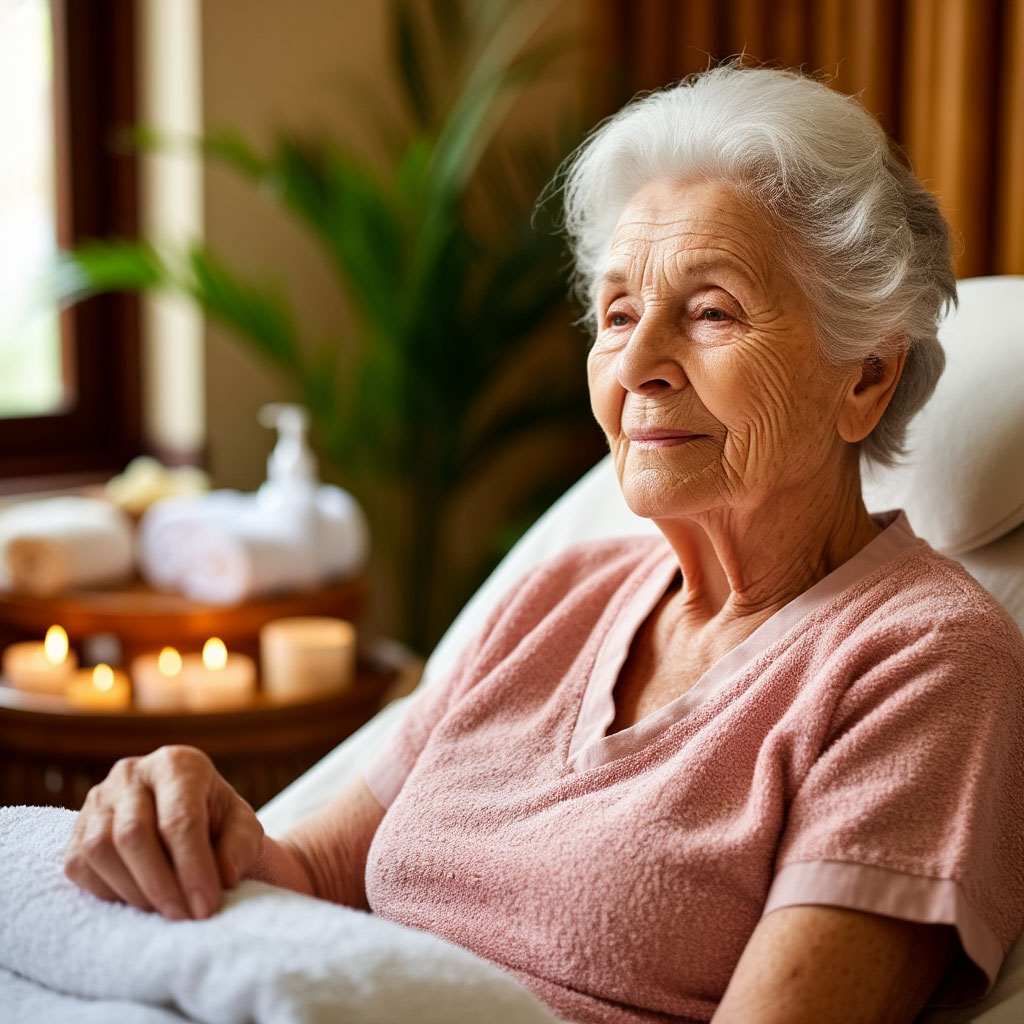
Age restrictions
The benefits of spa treatments for children and the elderly require special consideration. Not all methods are suitable for these age groups. Children’s spa care has special programs, as well as offers for the older generation. It is important to choose sparing options, taking into account the physiological characteristics.
Psychological aspects
Some types of spa that involve prolonged exposure to a confined space (floating, sensory deprivation) can cause discomfort in people with claustrophobia. In such cases, it is better to give preference to open procedures or reduce the time of sessions.
How to minimize risks
What is a spa without proper security measures? Before visiting the center for the first time, discuss your existing medical conditions in detail with the master. It is better to start with short sessions, gradually increasing the duration. When organizing spa care at home, it is important to observe the recommended time and temperature of procedures.
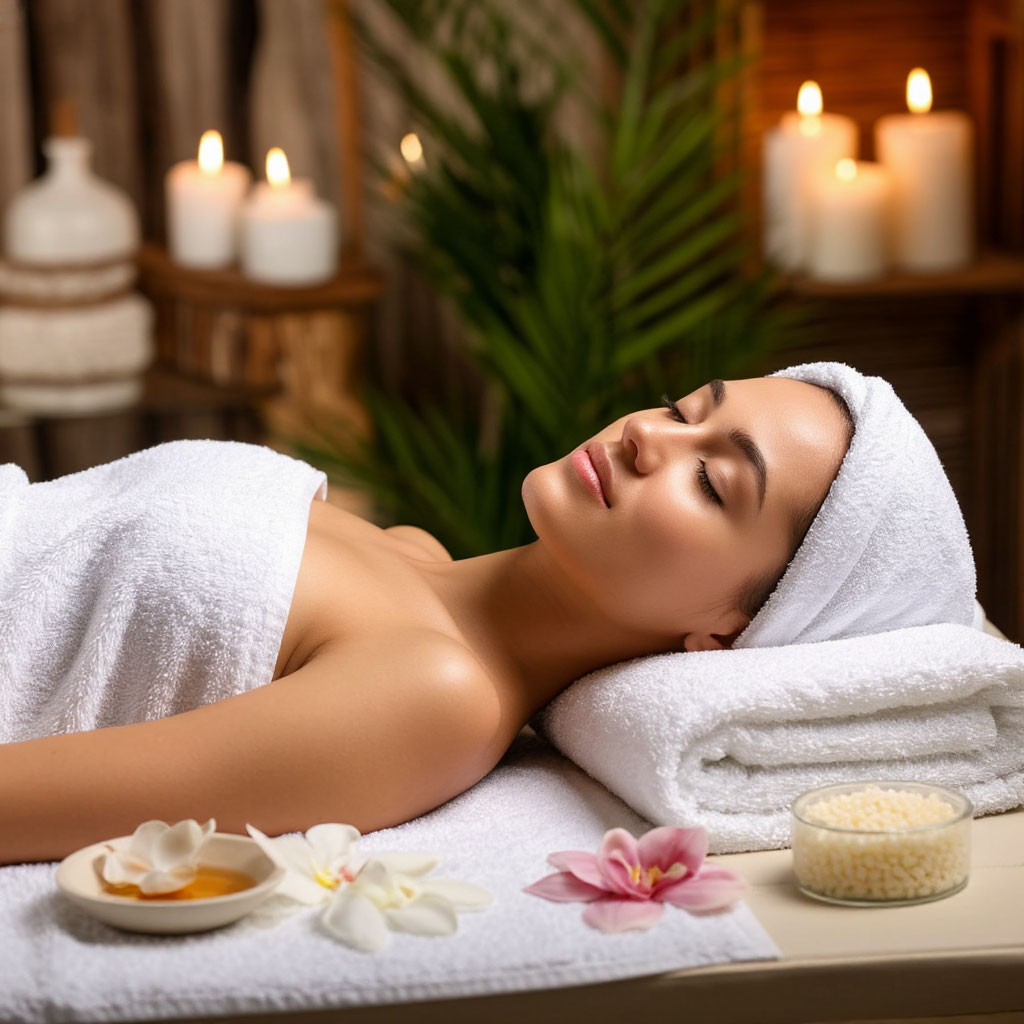
Alternative options
If there are contraindications to traditional types of spa, you can choose sparing techniques. Dry wraps, cold compresses, light self-massage – there are many options for gentle care. Listen to your body and don’t ignore its signals.
What is a spa in the modern sense? This is a harmonious symbiosis of ancient traditions and innovative technologies, a whole philosophy of caring for the body and soul, accessible to everyone who strives for balance and inner comfort. From luxury resorts to simple home rituals, spas remain a universal way to recuperate, give yourself moments of conscious relaxation and preserve beauty in a natural way.
Planning your first visit or refreshing your self-care routine? Our compact brochure covers key concepts, how to choose a center, a prep checklist, and FAQ.
Download the brochure (PDF): Beauty Club — SPA: What It Includes & Who It’s For

